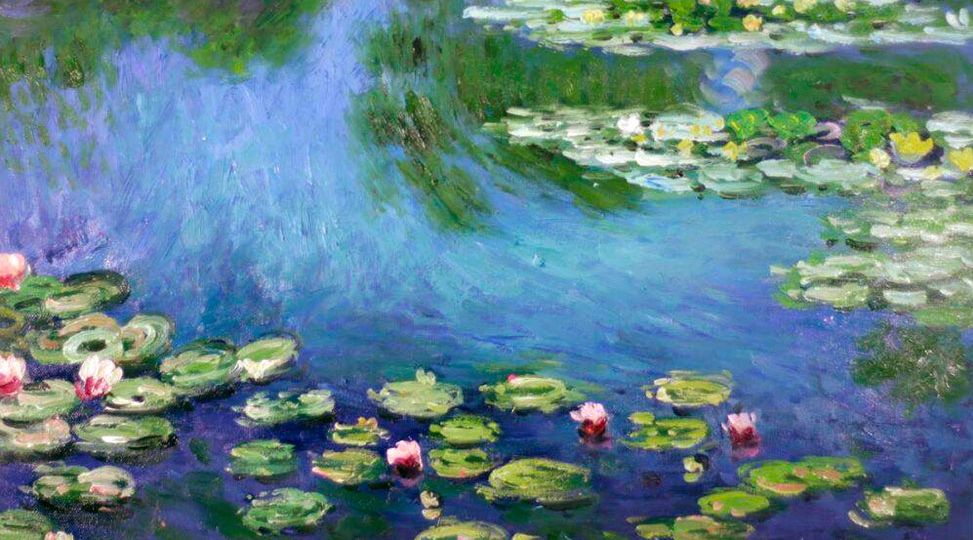
Unconscious Guardians
Archetypes in Service to the Self
Cheryl L. Simon, April 10, 2013
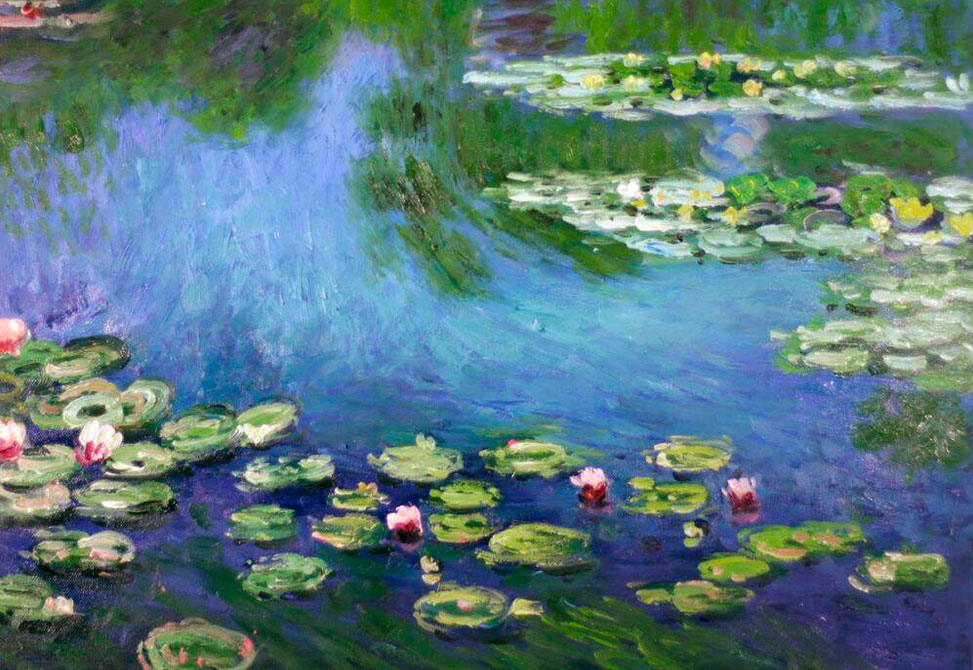
For some unknown reason, this story haunted me throughout the weekend. I gradually began to understand it as foundational to my current personal understanding of type theory. I had become increasingly aware over the past several conferences that using type theory was helping me feel more grounded and safe, both with others and within myself. Growing more conscious of the different archetypal energies associated with individual type had given me a deeper understanding about how we all share these energies, albeit in diverse iterations. I had been increasingly able to allow myself and others the freedom to be unique in personality differences without the need to find fault when conflicts would arise. This understanding had gone a long way in helping me grow stronger in taking my own stand in life. I completely trusted this theory to ‘catch me’ and give me a road map to keep me safe.
That was all well and good until I stepped out of the car upon coming home from the Beebe workshop in Louisville. I had been thinking about the “Betrayal” story on and off during the eight-hour car trip home. My four-year-old grandson, Noah, came running out of my backyard when he heard the car door slam. He was all wet from swimming in our pool. He hugged me and exclaimed, “Mimi, I can jump from the top step!” (Noah had been practicing jumping from the steps into the waiting arms of adults in the pool all summer.) This synchronicity really got my attention, so I asked him purposefully, “Who is catching you when you jump?” He answered, “No one, Mimi. Just the water!”
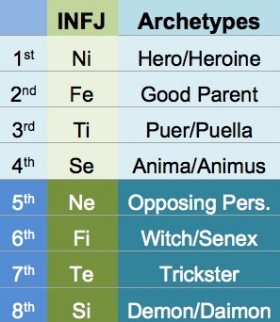
Since the day of this epiphany, I have been striving to become ever more aware of these archetypal resources and working to stay in the center of myself (introverted intuition, Ni) without apology or self-recrimination. In doing this, I have opened myself up to conflict with those who do not get what they want from me. I have also been working on using my Trickster extraverted thinking (Te) more often to protect my vulnerable Child when it falls and to take my stand in the world.
One example of this process occurred about two months ago. I received a phone call from an ex-psychotherapy client I knew to be extremely character-disordered, angry, and critical. Although she claimed she wanted to re-enter therapy after 10 years, I had information that she was being required to do so by Social Security Disability to continue to receive her benefits. She had a long history of manipulating the system, but I had always been hesitant to confront her directly regarding her behavior as she would become dramatically emotional, angry, and threaten suicide when these issues were addressed. With these behaviors, she placed me in a double-bind as I felt ethically and legally responsible to ensure her safety. At that time in my life, my ‘go-to’ function in these situations was Fe (Parent). I was not consciously aware that I could employ other functions, i.e., Trickster, to place her in a therapeutic double-bind as I had not yet been exposed to this theory of typology.
Needless to say, I felt my inner Child retreat in anxiety when I received this ex-client’s call. I realized that I was not centered and that it was going to take some time to gather my resources before I could respond appropriately to her. But before I called her back, and only an hour later, I found her in my waiting room without an appointment. She insisted on being seen that day and seemed determined to find a way to make that happen. My Child was falling! Here was this critical woman who was going to try to use me for her own purposes again. I thought nothing had changed! But early in my interaction with her I realized that indeed something had changed. I had access to other archetypal energies that enabled me to set boundaries with this woman and send her on her way. I presented her with the facts of our last encounter ten years ago, when she had been extremely aggressive and manipulative. I then told her I did not wish to engage her as a patient now or in the future. Somehow, I was able to communicate this in a matter-of-fact, concise manner that allowed for no argument. I got up, escorted her out of the door and, best of all, when she dared to ask for a hug I politely declined, walked back in my office and shut the door. My beautiful extraverted thinking Trickster caught my Eternal Child. Suddenly, a very rational, focused, and direct communication style was available to me (Te Trickster) that had never been available to me in past conflicted interactions. My ex-client was very quickly placed in a double-bind and had no choice but to leave without getting what she wanted. In the past, my Parent function (Fe) would have rushed in to protect the Child, leading me to be overly accommodating, warm, and empathic. So, I would escape the conflict but reinforce the manipulator due to my lack of boundaries. On this occasion, however, my Trickster successfully harnessed the anger and resentment left over from my own betrayal as a child and used it to protect me. I had not allowed myself to incorporate this anger and channel it productively until my Trickster did it for me! I feel incredible gratitude towards these unconscious (but maybe growing more conscious) guardians.
So, was it simply a coincidence that my grandson ran out with his message of jumping from the top step and being caught by the water right after I had been deeply considering Hillman’s story of the boy jumping from the top step to his father? Jung’s theory of archetypes would suggest not. Jung indicated in his book, Synchronicity: An Acausal Connecting Principal, that “the archetype is the introspectively recognizable form of a priori psychic orderedness.” This is the idea that we have pre-conceived forms of energy within us that, each in their own unique way, pave the path for our lives. I believe that I was being helped along in my understanding by archetypal energies that were present within me, within my grandson, and certainly in that interaction between us. In our communications with one another, if we are listening, we have the opportunity to grow into our potentiated selves.
Finally, in the face of the beautiful words delivered by my grandson, I am reminded of a quote by Teilhard de Chardin (1965, pp. 50-73). Surely such a powerful message is universal and has meaning for the world:
Every person, in the course of his life, must build—starting with the natural territory of his own self—a work, an opus, into which something enters from all the elements of the earth. He makes his own soul throughout all his earthly days; and at the same time he collaborates in another work, in another opus, which infinitely transcends, while at the same time narrowly determines, the perspectives of his individual achievement: the completion of the world.

References
Beebe, J. (May 18-19, 2012). “The battle continues: Winning the war within,” Type Resources workshop, Louisville, KY.
de Chardin, P. T. (1965). “The divinization of human activities,” The divine milieu: An essay on the interior life. New York, NY: Harper and Row.
Hillman, J. (1986). “Betrayal,” Loose ends: Primary papers in archetypal psychology (4th ed.). New York, NY: Spring Publications.
Jung, C. G. (1973). Synchronicity: An acausal connecting principle. CW 8, Princeton, NJ: Princeton University Press.
Header Image
Claude Monet, “Water Lilies” (1919). Courtesy, Musée Marmottan, Paris.



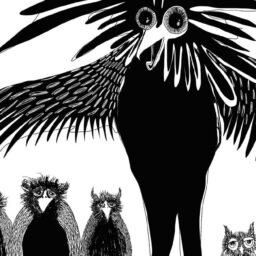
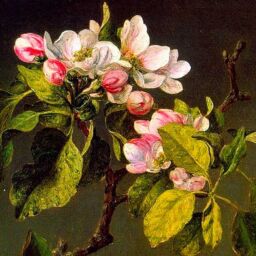
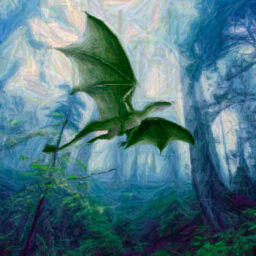
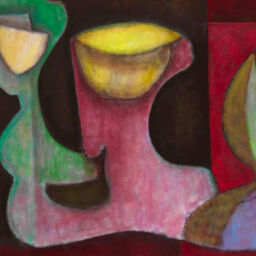
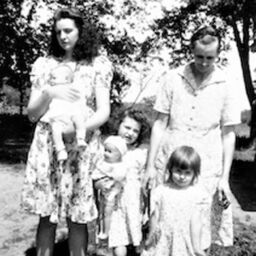
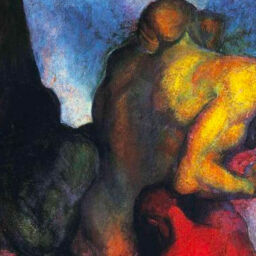
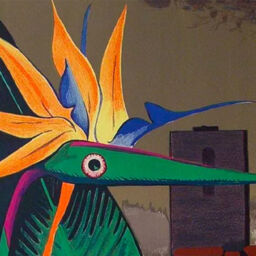
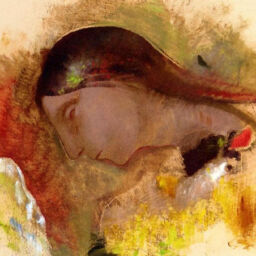
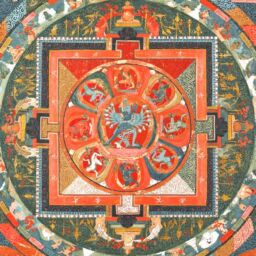
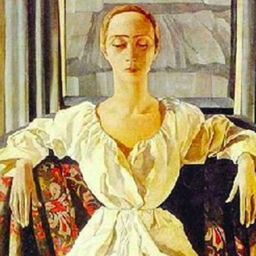
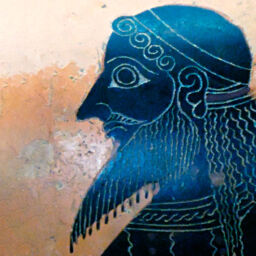
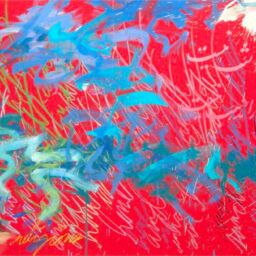
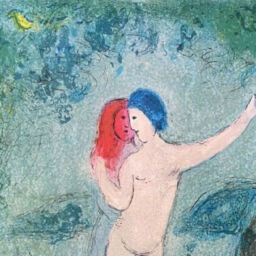
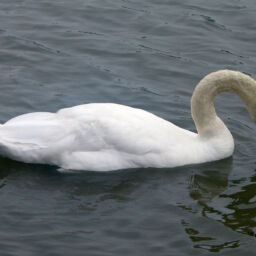
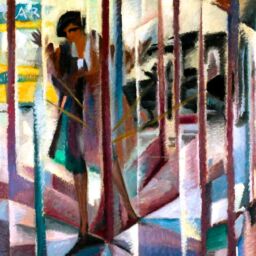
Thank you Ken Shilling. But have to say that, I’m not really interested in self-discovery as I am understanding humans. 🙂 Gonna have a look at the link
Greeneyes, here is the link: http://www.type-resources.com/Other-Personality-Tools/FAD_Function-Archetype-Decoder
Best wishes on your journey to self-discovery. Some things are meant to be hidden until you are ready to discover.
It may take more than reading.
Knowing the theory helps – in the end you need to experience each function-attitude in archetypal position. This is very hard . In astronomy, it is like knowing you discovered a planet because you see the bend in the light.
There is an interplay of function-attitutdes. The Si in Child position is generally one of “play”. The Si tends to deal with the past. Other functions may contribute to your reaction. It is complicated. Happy discovering
I am type as an INTP, but can’t really see my Si as a relief as by Linda Berens model, as its really what hits my nerve. That is why it confuses me.
I want to understand the archetypes, so I can see it in action. And to see why is it that I don’t get this. And its has to do more with not that I have difficult understanding, in fact I understand things quit easily. But it just I don’t have concrete example that have resonated with me yet, and want to learn more.I have tried to find alot of resources online and read all the complicated once and understood them. But still it would be nice to have the source. The same way the building blocks of personality did for the 8 mental processes for me.
Anyways gonna see if I can fing “Function Archetype Decoder”.
Thank you to both.
Greeneyes, it helps to “wade in the water”. You want to know your type and your three most preferred functions. Once you are comfortable, you can start to explore your other 5 functions.
If you are sure of your type, then you can begin to explore your own question – are you using Si as a Child or Demonic archetype? Hint, Child is normally playful – unless ‘wounded’. Demonic tends toward destruction, which can lead to creation.
So, you really need to know where you are starting
You can search 8 functions online – and find a number of books. Mark has written one book.
Type Resources does have training on the 8 functions, and webinars with John Beebe.
I share a different viewpoint than Mark. I am of the opinion that there are 16 types and each type has a specific pairing of archetype and function-attitude. If you know your type, then you know which function attitude (Like Si) is in which archetype (Child, Demonic, etc)
I agree that it’s the ‘next step;’ but it is a huge topic. Beebe’s 8 archetypes, each carried by 8 possible function-attitudes, give us 64 possible function-attitude-archetypes to deal with. And it’s tremendously complex as well, since archetypes are essentially energic patterns, each of which can manifest in too many ways to count.
Many people are thinking about and discussing the very question you pose; and I suspect that literature on the topic will begin appearing soon. But it’s certainly a ‘work in progress.’ Right now, the only comprehensive resource that I know of on this is Type Resources’ “Function Archetype Decoder,” which can be purchased on their website.
Hi. Was wondering is some can give real live examples of how the archytypes operate with different pyschology type. Such as how is Si saying/thinking or behaving as a Child or as a Demon archytypes for all types.
For example I get really annoyed when someone bombardes me and ask me about details in the past such as “what day was it on tuesday last week” and alot of similar question at once gets into my nerve, and perhaps the only thing that does. Is that Si as a Child or Demon?
I really only fine descriptor of the archytypes but not any concrete real live examples of what they would saying in different position. Which makes it difficult to learn I guess as is not really concrete. Would be very happy if I was able to learn this. If anyone know please share it. As I feel it really my next step to understand psychology type in depht 🙂
Cheryl, this is an amazingly inspiring, insightful and truthful story.
I feel all fuzzy on the inside when I see/hear/read about people becoming empowered in their previously rejected functions. The over-reliance on an overprotective parent is especially noticeable in INFJs due to Fe’s nature and the unique conflict it has with Ni.
I have found the other archetypes in the shadow also very helpful/useful/empowering. Albeit quite frustrating at times. It’s like having a pack of high-energy, untrained puppies in your expensive living room 🙂 They’ll bring me the paper ones and then ruin the couch.
There is one thing that left me somewhat confused. If you ever feel like shedding more light on the inner workings of your Puera’s decisions, I’d be very interested to read that. Ti’s nature is not one to accommodate people. It’s too focused on the Truth to make compromises with it for the benefit of others. I’m puzzled by her reactions and need some help to be able to relate.
Thank you for this insightful piece. I learned a lot and it reinforces my deep belief that we are born with everything we need, even when it sometimes doesn’t seem that way. Learning, reflecting, staying open to growth — these are the ways we can access the amazing gifts inside.
Carol, I reflected more on your question of Ni Hero. I am responding by ‘coaching” Good Parent Ni. How do you improvise in Life? How do you use your Ti? Do you use you Child to improvise. I find that our culture precludes adults from “playing” and that this prevents good type development. In my experience, I had to “let go” of dominant and auxiliary functions, and just play in my Child in supportive community. Then I felt awkward like a teenager all over again when all these functions start expressing themselves. Best wishes.
Thank you for sharing your story Cheryl. As an INFJ myself I can relate to much of what you shared; the need to be a people-pleaser via Fe and not getting what you want as your Te is buried way down the functional stack. It reminds me of when I was finally able to confront my father many years ago for his perceived faults/betrayal in my childhood. A very scary experience but it changed us both for the better. When we develop far enough to take on a new characteristic it can be a bit unrefined at first and take a while to properly integrate. In my case that meant progressing from a knee jerk anger reaction to quiet assertiveness. I don’t appear to use Te that much but it provides a kind of steel in my soul that shines through and means that folks don’t mess with me anymore.
The Ni Hero has a vision. Abe had a vision of One Nation. With his Fe, for all people. Like yourself, he had an experience and learned to use his unconscious functions. You also want to look at Fe as Good Parent. Your Ni has an insight, and your Good Parent Fe permitted your patient to be …trust for both of you worked. Gandhi as INFJ – interesting. He was uniting a diverse people with his Ni vision. His Fe then support this vision by saying all religions fit in the one country.
Adam, your comment about unconscious guardians also catching my ex-patient is absolutely on target. For some reason, I knew intuitively this time around that she would be fine even though I never trusted this in our prior relationship. I wonder if Ni is more trusting of the universe whereas Fe feels responsible for ensuring the well-being of others? Or maybe this is just my own expression of these types?
Thanks for your comments, Ken. I started wondering how an Ni who was able to stay in his/her heroic function would handle conflict. I believe Gandhi is thought to be an INFJ. He was able to take a unitive vs. dualistic approach to conflict. Seems as though he went deeper than the division in his passive resistance (paradox). I found myself wondering if this was a common approach for Ni in the hero position.
Cheryl, thanks for sharing the personal insights of an INFJ. I am glad that you got to access your trickster. I am doing a review on Lincoln. I gained a valuable insight from your comments on conflict avoidance- as an INFJ, how did Lincoln avoid conflict? Like you, Lincoln experienced betrayal from his father; he did have a supportive step-mother who encouraged his Ni. Helpful. Much to ruminate on.
Thanks for this really beautiful story. As an ISFJ, I readily identify with the way in which auxiliary extraverted feeling can be taken advantage of by manipulative people. What I envy in the story is your introverted intuition, a function which is available to me only very sporadically.
The gift of introverted intuition enabled you to locate the meaning in the synchronicity with your grandson–a meaning which would have been wasted on most people of other types. Your awareness of the guardian energy, as symbolized by the water of the pool, applied not only to yourself but also to the former patient. You did not have to catch the former patient with your too-available, too-easily abused extraverted feeling; the water of her own unconscious reserves would catch her.
I would submit that your new-found clarity about the guardian energy was communicated to the former patient in your tone and body language. Your unspoken message to her was not, “I don’t care if you live or die,” but rather, “You don’t need me to rescue you. You have other resources.” In this sense, I would imagine that the former patient benefited as much as you did.